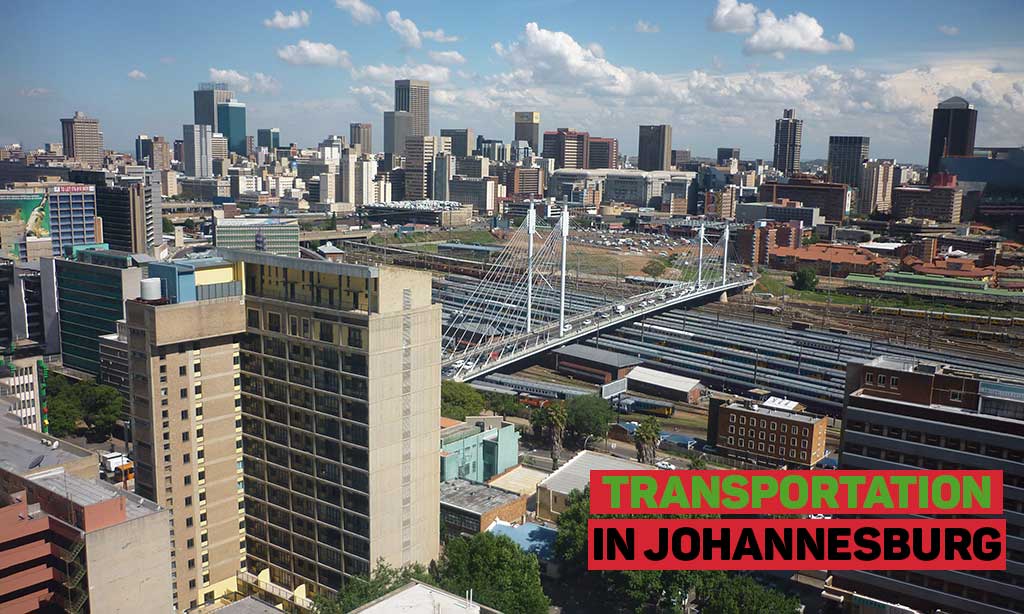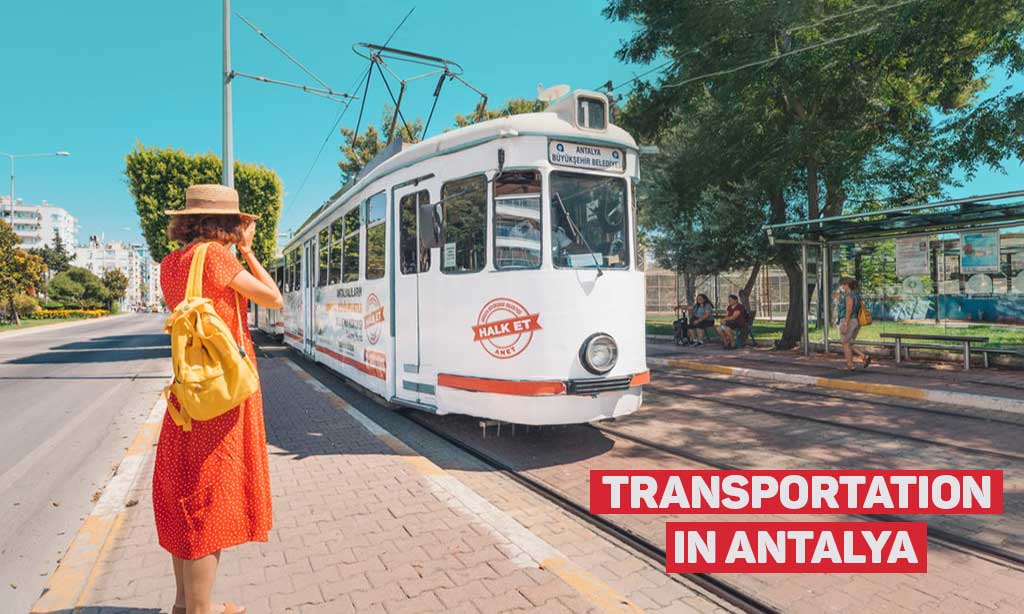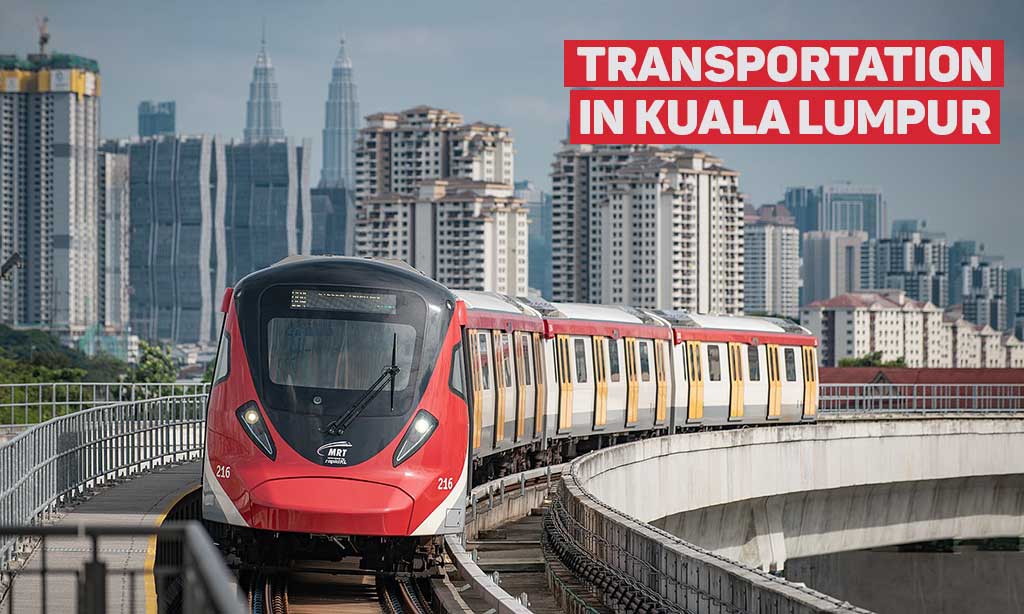1. Overview:
Public Transportation Brussels, the capital of Belgium, boasts an extensive public transport system that includes buses, trams, and metro lines. The city’s public transport network is managed by four main companies, ensuring that residents and visitors can easily navigate the city and its suburbs. With a combination of traditional taxis, bike-sharing programs, and e-scooters, Brussels offers a variety of transportation options to suit every traveler’s needs.
2. Major Transport Operators:
Rail:
- STIB (MIVB): Operates the metro system in Brussels, connecting various parts of the city.
- SNCB: Manages the trains, providing connections to different cities.
Buses:
- STIB (MIVB): Operates buses within Brussels.
- De Lijn: Manages buses in the Brussels and Flanders regions.
- TEC: Operates buses in Brussels and the neighboring Wallonia region.
Tram:
- STIB (MIVB): Runs 17 tram lines stretching over 147 km.
3. Table: Transportation Systems:
| Transportation | Operator | Website URL |
|---|---|---|
| Metro | STIB (MIVB) | STIB Official Website |
| Tram | STIB (MIVB) | STIB Official Website |
| Bus | STIB (MIVB) | STIB Official Website |
| Bus | De Lijn | De Lijn Official Website |
| Bus | TEC | TEC Official Website |
| Train | SNCB | SNCB Official Website |
4. Guide on Ticket Purchasing:
In Brussels, a unified ticketing system allows passengers to use the same ticket for buses, trams, and metros. However, trains and some suburban buses have separate ticketing systems. Tickets can be purchased as single 1-hour or 1-day passes. For regular commuters, the MOBIB card is recommended, which comes in two types: basic and personal. The personal MOBIB card can hold both tickets and season ticket subscriptions. Season tickets offer unlimited journeys on various networks, and their prices vary based on the coverage.
5. Major Passenger Airports:
From the Brussels Airport – Zaventem station, you can take a direct train to the city centre of Brussels every 10 minutes, almost around the clock. A one-way ticket only costs 12.70€, and the trip takes 17 minutes.
6. Driving Information:
Driving in Brussels can be challenging due to high traffic congestion, confusing road signs, and impatient drivers. Brussels ranks third for the worst traffic globally, with drivers spending approximately 134 hours a year in traffic. It’s essential to be aware of the different speed limits when driving in Belgium. Additionally, seat belts are mandatory for all passengers, and children under 18 and less than 1.35m must use a suitable child-restraint system.
7. Renting a Car:
Renting a car in Brussels might not be the most practical option due to traffic congestion and high parking costs. However, for those who still wish to rent a car, companies like Sixt offer services in various locations in Brussels.
8. Cycling Facilities:
Biking is a popular and sustainable mode of transportation in Brussels. The government has been investing in infrastructure to make cycling safer and more accessible. Bike-sharing subscriptions are available from companies like Vello, Blue Bike, and Billy Bike.
9. Walking Facilities:
Walking is a convenient way to explore Brussels, especially its compact city center. The city is pedestrian-friendly, and many attractions are within walking distance of each other.
Note: Always ensure to validate your ticket or travel card when using public transport to avoid fines. For up-to-date information on public transport schedules and routes, it’s recommended to download the official apps of the respective transport operators.





